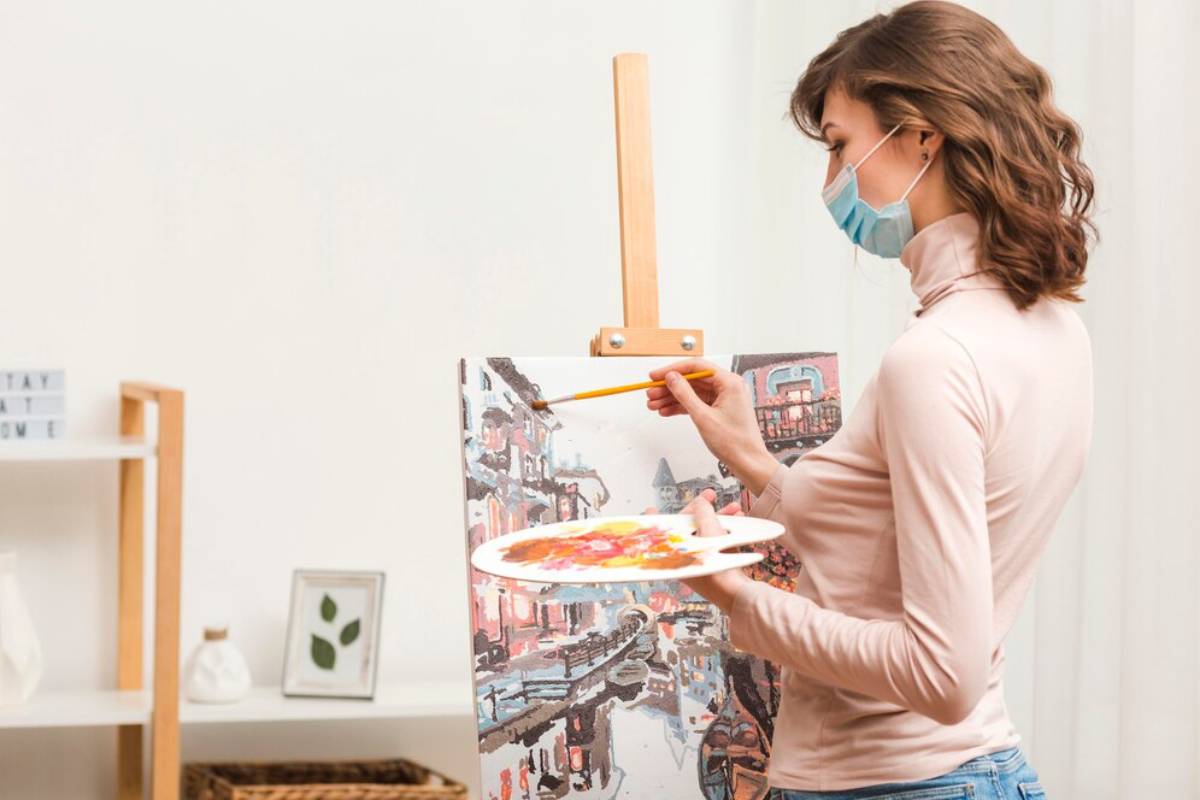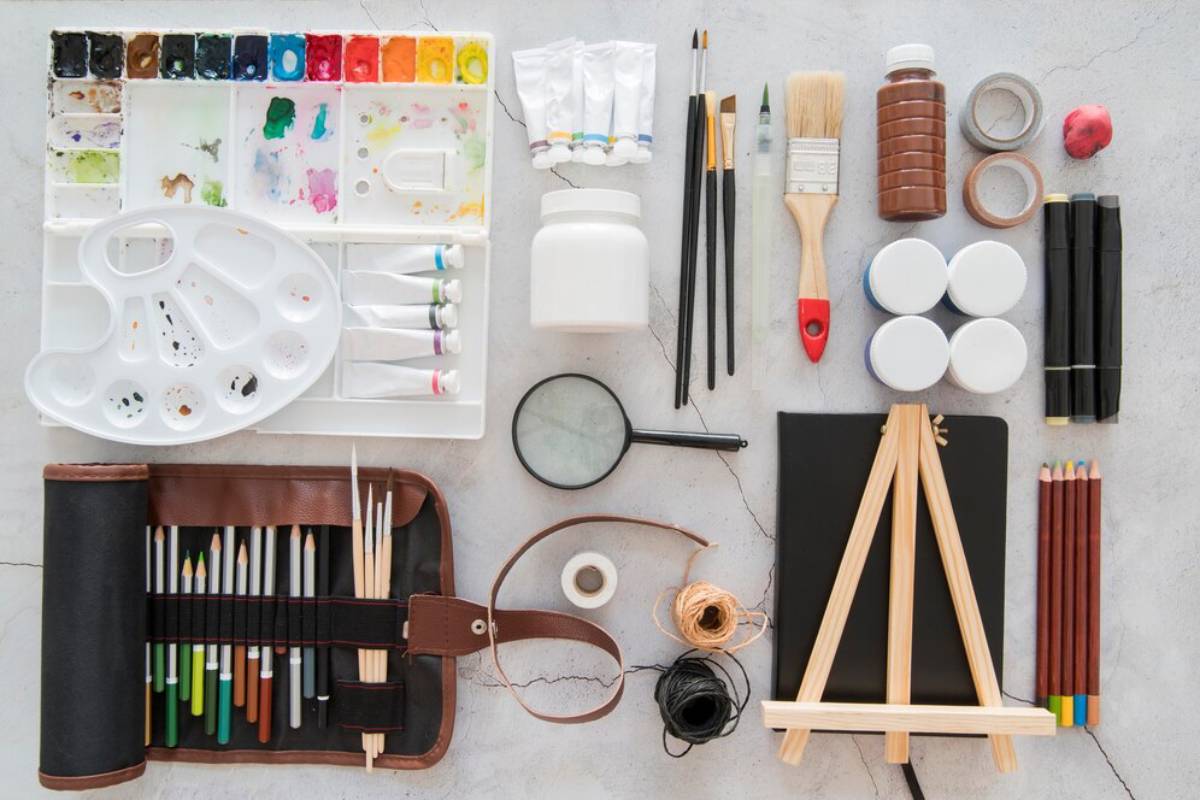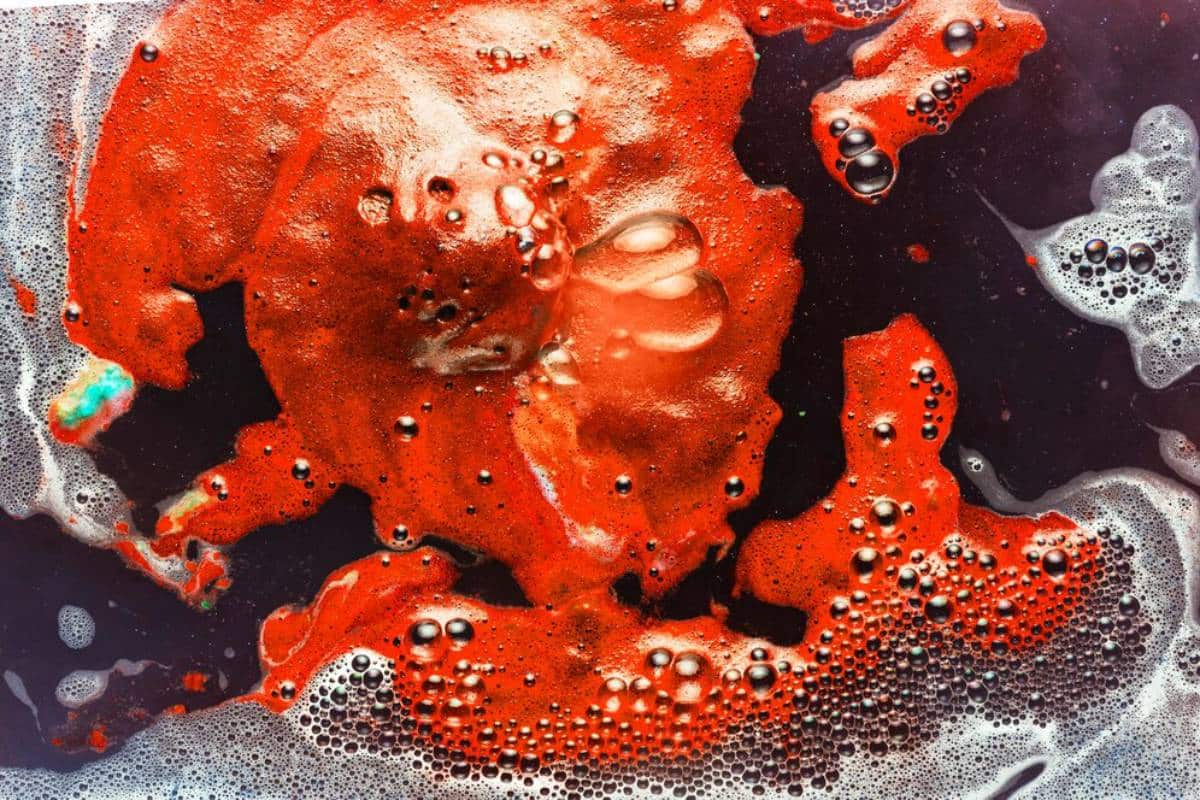
Painting Abstract Canvas Art for Beginners: A Guide to DIY Wall Art & Murals
Abstract painting at home is a fantastic way to express yourself. It posits freedom and creativity for beginners or people with experience. In this article, you will learn how a beginner can make beautiful DIY canvas art to brighten any room.
Abstract paintings go deeper than throwing paint on a canvas. They’re a time to explore your imagination and share emotions that don’t necessarily have words. This can be overwhelming at first, but anyone can create art they love with the right tips.
This blog post will explore the fundamentals of abstract painting. Find information on how to do it, expert advice and common mistakes to avoid. This will probably help you so much, so by the end of it all, you’ll be ready to paint something that resonates with your style and tastes and enhance your home decor.
Key Benefits of Abstract Painting and Why It Matters
Abstract painting offers many benefits, making it an excellent choice for DIY wall art lovers. A key advantage is the freedom it brings. Unlike traditional art, abstract art encourages experimentation, allowing you to explore new ideas and push your creativity.
Additionally, painting can relieve stress and help you relax. It’s a meditative process where you focus on the moment and express feelings through colour, making abstract art a helpful tool for mental well-being.
From a decor standpoint, abstract art can significantly improve your home’s look. A well-done piece can be a focal point, adding character and depth to any room. Whether you like bold colours or soft tones, abstract art can fit any style.
Creating your art is also a personal touch. Unlike store-bought pieces, your DIY art shows your taste and creativity, making your home unique. Plus, making your art budget-friendly allows you to decorate without spending much.
Getting Started with Abstract Painting: Tools and Materials

Before you start painting, gather these essential tools and materials:
- Canvas: Pick a size that suits your space. Beginners may want to start small.
- Acrylic Paints: Great for beginners, these paints dry quickly and are easy to use. Choose a variety of colours to experiment with.
- Brushes: Get different sizes and shapes. Flat, round, and fan brushes work well for abstract art.
- Palette Knives: These are useful for adding texture and layering paint.
- Easel: This isn’t required, but an easel can make painting more comfortable and give you better control.
- Palette: Use this for mixing paints. A disposable palette or glass surface works well.
- Protective Clothing: Wear old clothes or an apron to avoid paint stains.
- Water and Cloths: Keep these handy for cleaning brushes and fixing mistakes.
- Use walls: If you want to get creative and have confidence in yourself, try painting on a wall.
With your materials ready, dive into abstract painting. Remember to have fun and experiment. No right or wrong ways exist to create abstract art, so let your imagination lead you.
Techniques for Creating Stunning DIY Canvas Art
Abstract painting has many techniques to explore. Here are some popular ones:
1. Impasto
Impasto means applying thick paint layers to create texture. To add paint, use a palette knife or thick brush. Try different strokes and patterns for depth.
2. Dripping and Pouring

Inspired by Jackson Pollock, this technique involves pouring diluted paint onto the canvas. Let it flow freely, embrace the unpredictability, and let the paint create its own design.
3. Layering
Layering builds complexity with multiple paint layers. Start with a base layer and add colours and textures gradually. This lets you play with transparency and opacity.
4. Sgraffito
Sgraffito means scratching layers of paint to reveal colours underneath. Use tools like palette knives or even your nails to create unique textures.
5. Stamping
Use objects like sponges or leaves to stamp paint onto the canvas. This can create interesting patterns. Try different items to discover new effects.
Additional Expert Tips & Common Mistakes to Avoid
As you paint, be aware of common mistakes and how to avoid them. Here are expert tips:
Expert Tips
- Start with a Plan: While abstract art is free, having a basic plan can help. Think about the mood you want and choose colours and techniques.
- Experiment with Colors: Mix and match colours. Using a colour wheel can help you find complementary and contrasting hues.
- Embrace Mistakes: Mistakes are part of creating. See them as chances to learn. Many great works come from happy accidents.
- Take Breaks: Long painting sessions can lead to fatigue. Take breaks to refresh your mind and gain new perspectives.
- Seek Inspiration: Look around you for inspiration. Nature and other artists can spark new ideas.
Common Mistakes to Avoid
- Overthinking: Don’t overanalyse your choices. Trust your instincts and let creativity flow.
- Using Too Much Paint: While texture is key, too much paint can muddy your work. Use it sparingly and build layers slowly.
- Neglecting Composition: Composition matters in abstract art, too. Pay attention to balance and focal points for a pleasing piece.
- Being Overly Critical: Don’t be too hard on yourself, especially as a beginner. Art is subjective. Focus on enjoying the process.
Advanced Insights and Expert Recommendations
If you want to dive deeper into abstract painting, consider these insights:
Explore Different Mediums
While acrylics are great for beginners, try oil paints, watercolours, or mixed media. Each medium offers unique properties for different expressions.
Study Art History
Learning about abstract art history can inspire you. Look into artists like Wassily Kandinsky and Mark Rothko for insights into different styles.
Attend Workshops and Art Classes
Join workshops to get feedback from experienced artists. Engaging with a community can boost your creativity and help refine your skills.
Document Your Progress
Keep a record of your work over time. This will help you track your growth and celebrate your achievements in your artistic journey.
Let Your Creativity Flow with Abstract Canvas Art
Making abstract art is beautiful, endlessly expressive, and liberating. Abstract painting is a journey of discovery, whether beautifying your home or trying something new.
As you start, enjoy the freedom unique to abstract art. Follow your instincts and be willing to experiment with techniques. You can be an expert in this, and with mechanisms, patience, and practice, you can paint amazing DIY canvas art that displays who you are.